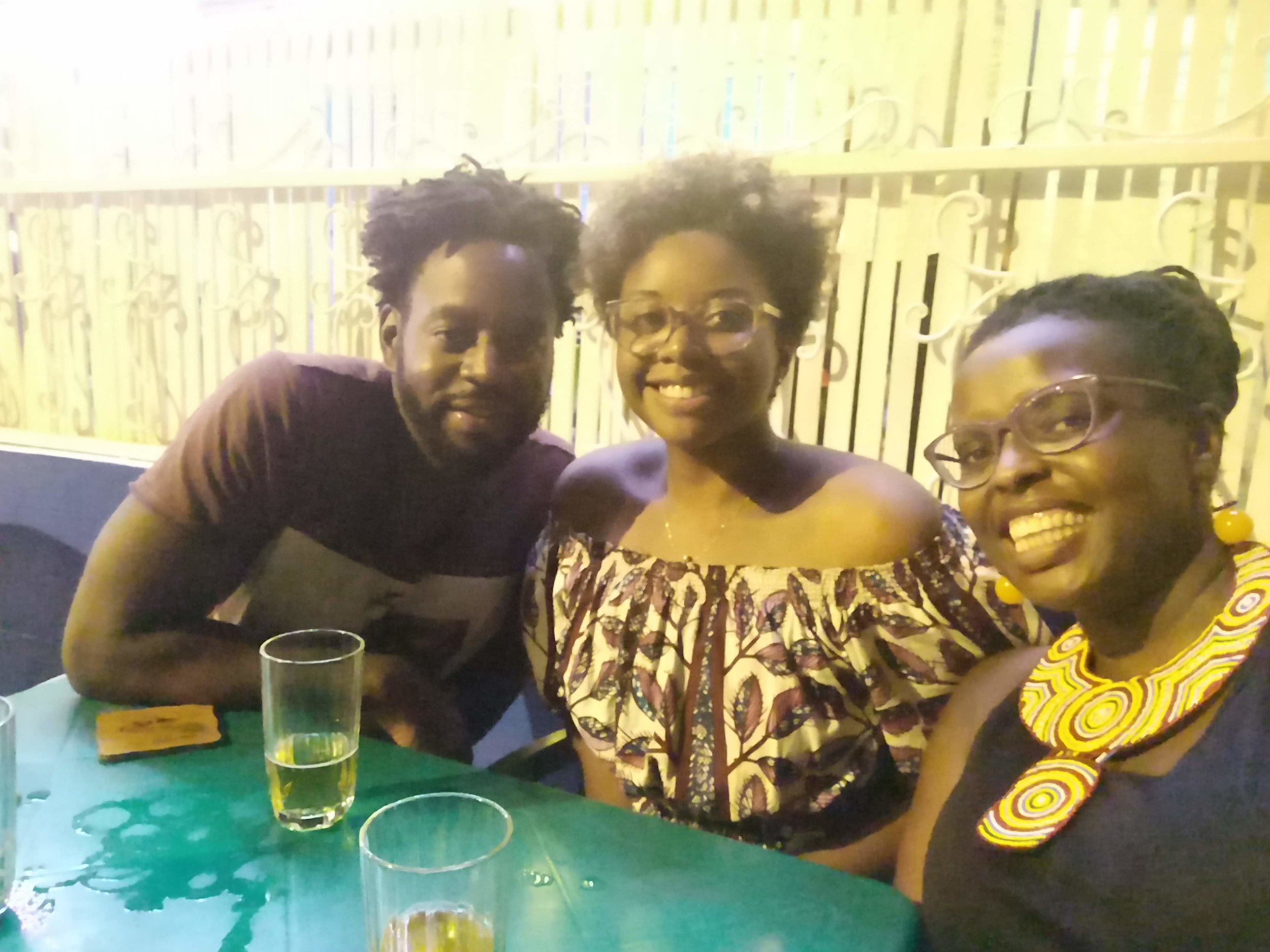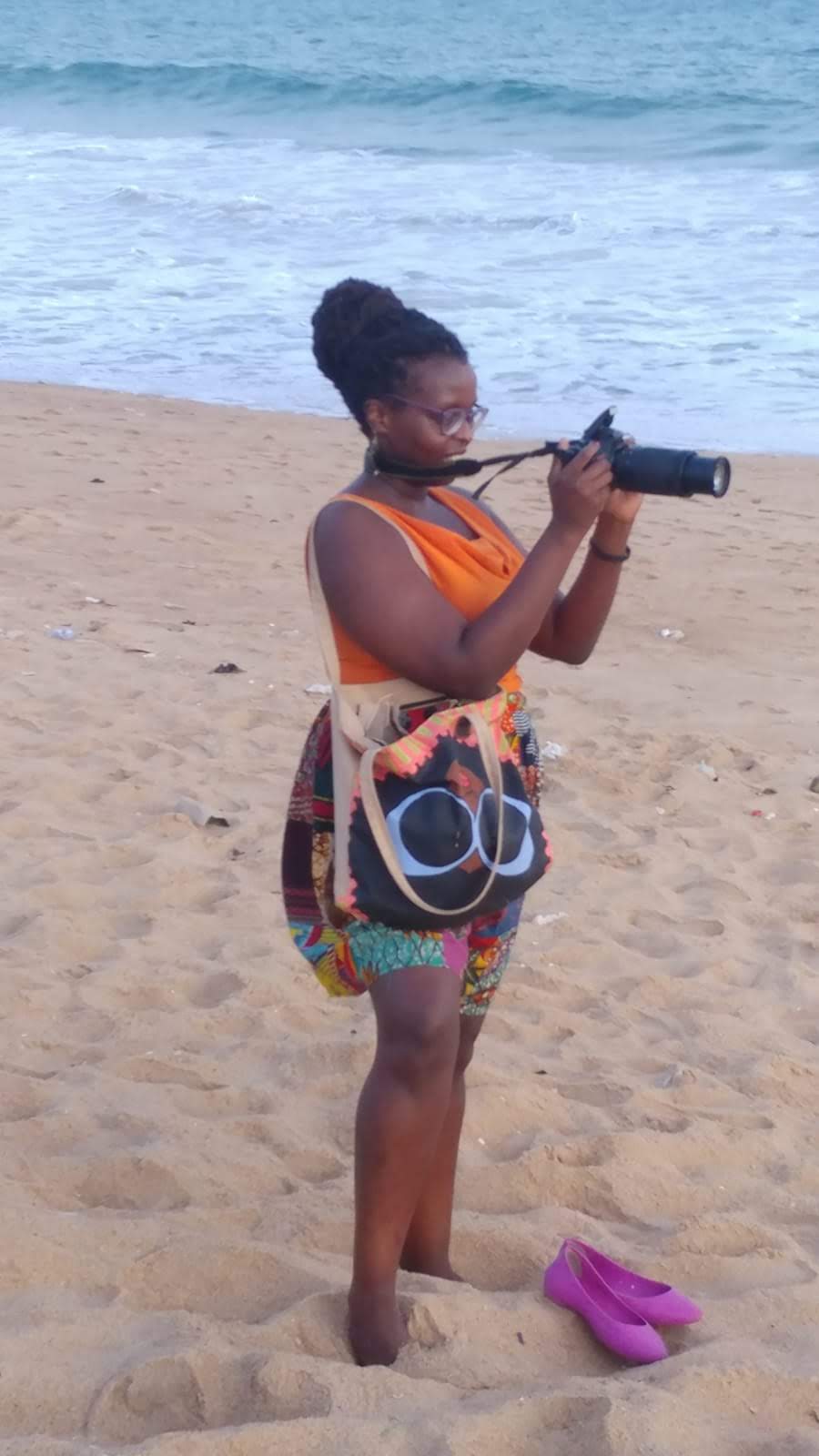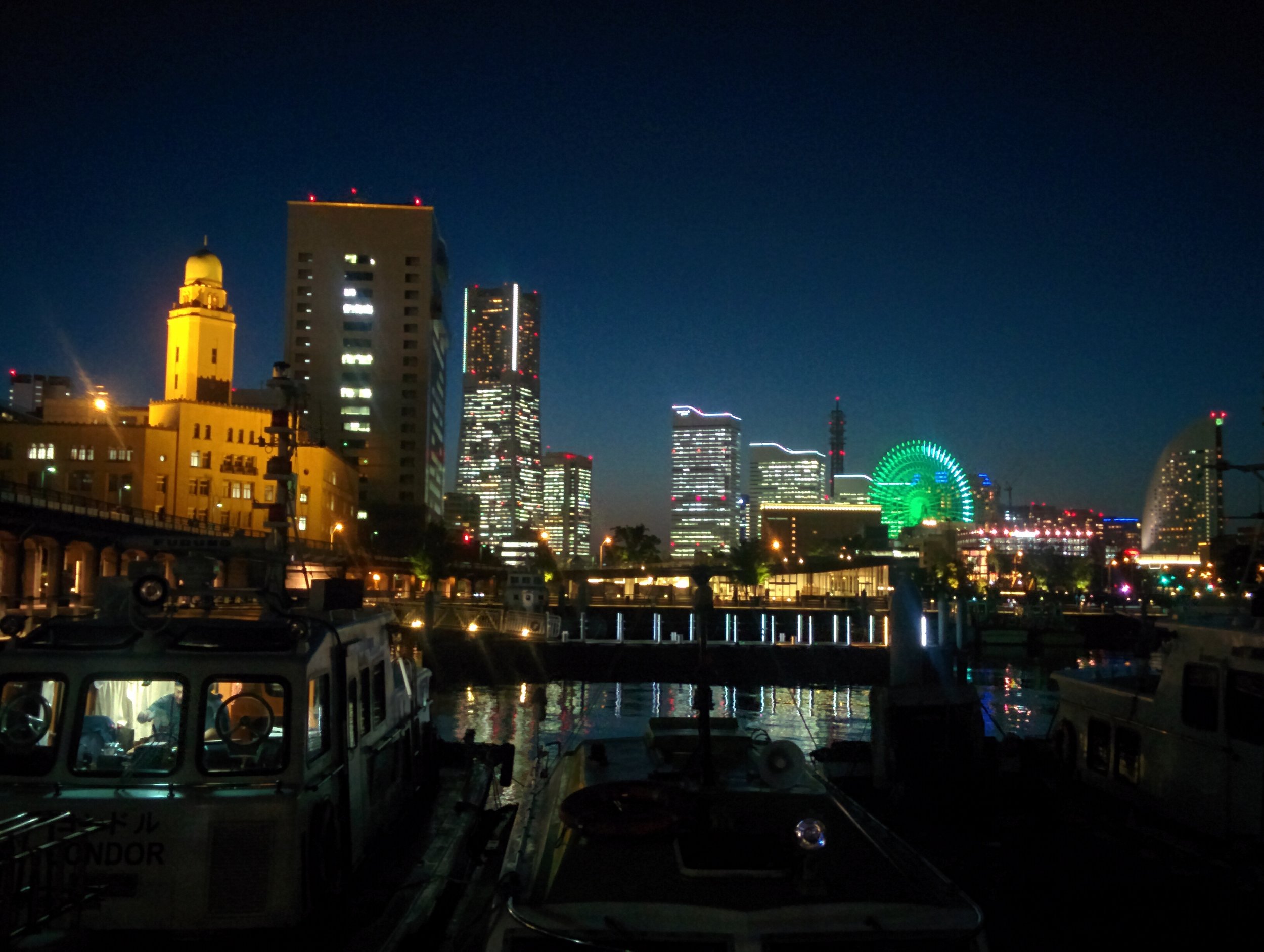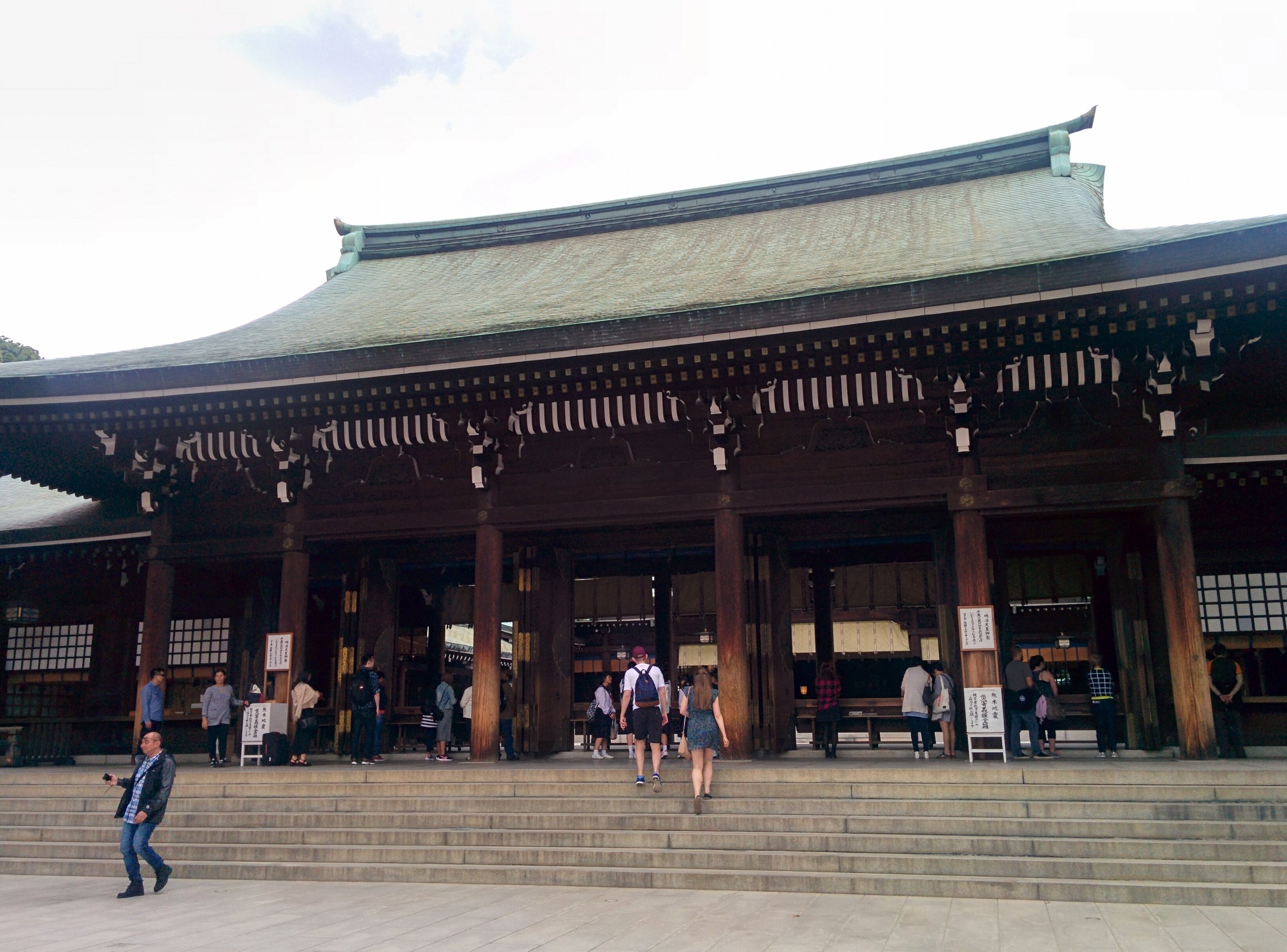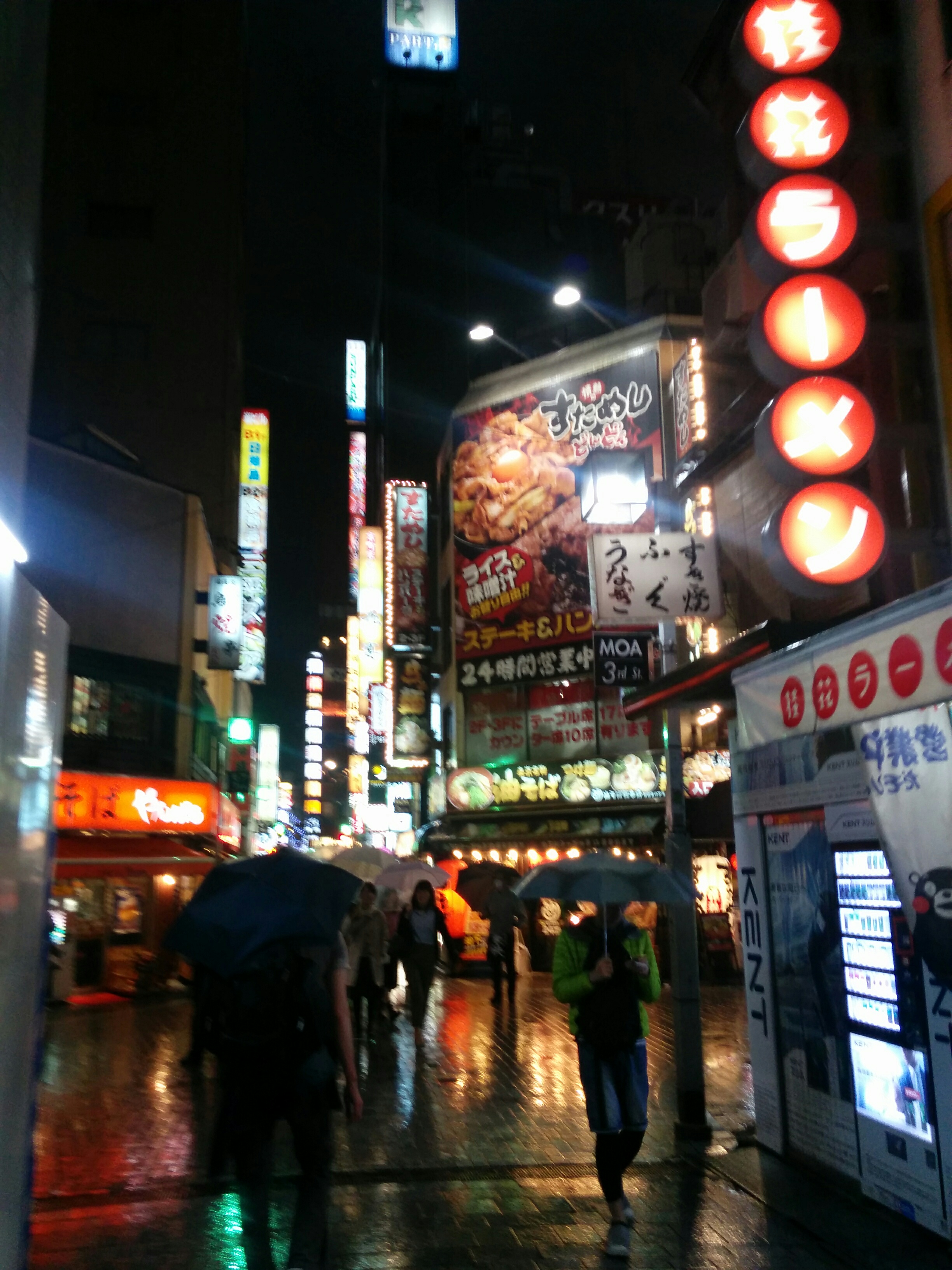In his novel Foreign Gods, Inc., critically acclaimed Nigerian novelist, Okey Ndibe, tells the story of Ike, a New York-based Nigerian cab driver who sets out to steal the statue of an ancient war deity from his home village and sell it to a New York gallery. Driven to this point of desperation by a series of unfortunate events in his life as a migrant, Ike hatches a plan to steal this statue that, in modern times, he believes, means little to his people—but one that could fetch him a pretty penny if it gets into the hands of collectors in the West.
I could not help but contrast this image with that of me walking into the new Museum of Black Civilizations in Dakar, flanked by busloads of Senegalese school children eager and excited to see artifacts from around their continent, in their own continent. The fact that African art did not have to leave the continent to be valued is perhaps the most vital aspect of this fabulous new museum.
The museum draws its architectural inspiration from the inner atriums of the homes in the Casamance region in the South of Senegal and the Great Zimbabwe. These houses consist of rooms built in a circle with a round and empty patio in the middle that is used for catching rainwater. This design creates a tunnel of light reaching the center of the building. In the center of the museum is a 40 feet tall steel baobab tree sculpture by Haitian artist, Edouard Duval-Carrié. Inside, the museum is broken down into four sections: The Cradle of Humanity, Continental African Civilizations, Globalization of Africa and Africa Now.
I meet Hamady Bocoum, the museum's director, in his office. He's a seasoned archeologist, researcher and erstwhile Director of the African Institute of Basic Research in Dakar and who speaks passionately about the issues. The work behind the museum, he tells me, began in the 1960s at the encouragement of Senegalese president, Léopold Sédar Senghor—in 2015 the plan was revived and it opened last year with the mandate of being for all people of African origin worldwide.
This interview has been edited for length and clarity
You've said that in the creation of the museum you found it easier to articulate what it shouldn't be rather than what it should be. What is the museum not?
Some of the things we agreed on is firstly, that this would not be a museum on ethnology. Ethnology to us is about westerners looking at Africans—for example, the Masai people are a nomadic… the Hausa are…—rather than us looking at ourselves. The second thing was that this museum would not be an anthropological one. This is because anthropology is what was used to rationalize the concept of race—a concept that has had devastating effects for those outside the power structures, especially black people. Anthropology allowed the enslavement of black people to be legitimized. The third thing we agreed on was that this would not be a subaltern museum.
Gayatri Chakravorty Spivak, an Indian scholar, literary theorist, and feminist critic describes subaltern in the postcolonial context as follows: "Western intellectuals relegate other, non-Western (African, Asian, Middle Eastern) forms of "knowing", of acquiring knowledge of the world, to the margins of intellectual discourse, by re-formulating these forms of knowing as myth and as folklore. To be heard and known, the subaltern must adopt Western ways of knowing, of thought, reasoning, and language."]
Our determination to not be a subaltern museum was the reason we did not model the museum on any museums such as the Louvre, Musée d'Orsay or other well known museums. We wanted the museum not to be held to western standards in terms of how it should look. Our museum would traverse the whole story from the origin of mankind to contemporary times.
The overarching sentiment was that the story of black civilizations is a story of humanity. The Manden Charter of the Mandingo people of West Africa was created in the 13th century making it one of the oldest constitutions in the world—albeit oral. It has its first law as "All life is equal." Africans never placed people above animals, trees, lakes or forests. In Africa, when we prayed or ask for forgiveness before killing an animal for food, we did not do this out of superstition. We did it because of our view on humanity.
Africa was the locomotive of human civilization for over 7 million years ago. Colonization was around 550 years of that time period. We want the museum to be representative of African history in its entirety.
What's your favourite story behind how artifacts came to your museum?
When the British destroyed Benin city in 1897 they stole all the masks of the Oba People.These are on display in the British museum. What they didn't know was that there were two copies of each of the masks. The others were with the queen mother who lived outside of Benin City. When she heard that her son, the Oba (King) had been imprisoned, she hid all these masks. We have her collection here on display. They have been available for display in different parts of the world. They recently came from Miami and we will be sending them back shortly to Nigeria.
To read my full interview on Okayafrica, click here.













